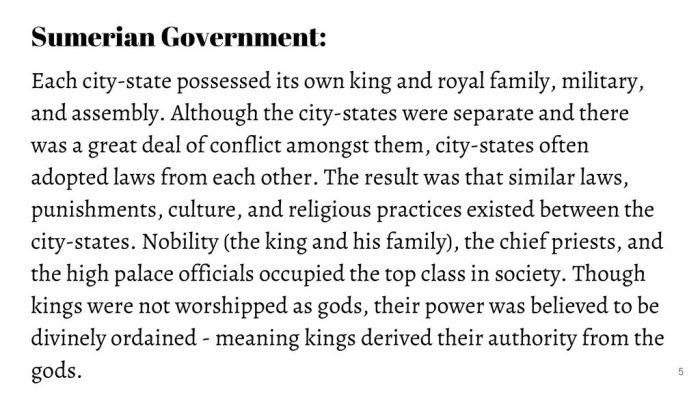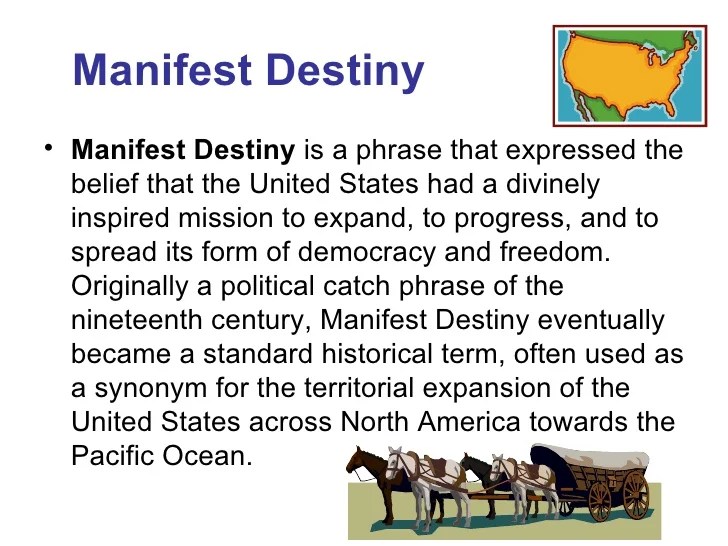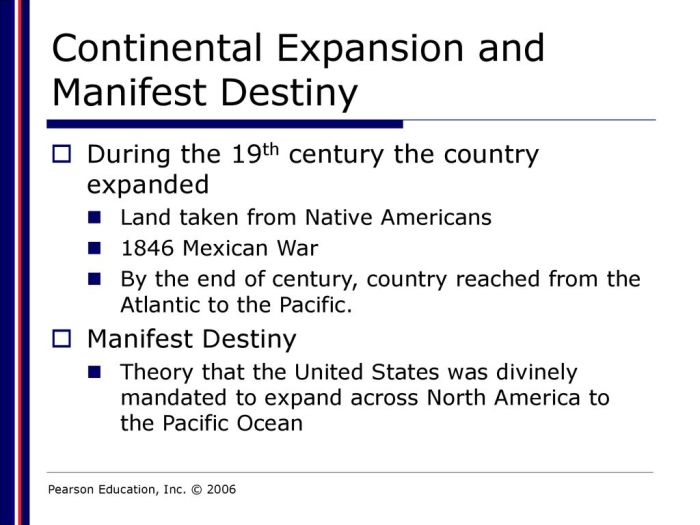Manifest Destiny art, a powerful visual record of a pivotal era in American history, offers a compelling lens through which to examine the nation’s westward expansion. This artistic expression, deeply intertwined with the ideology of Manifest Destiny itself, reveals not only the triumphs and ambitions of the time but also the complex and often brutal realities experienced by diverse populations.
From the romanticized landscapes of the Hudson River School to the more critical depictions of contemporary artists, the visual narrative of Manifest Destiny is a multifaceted story that continues to spark debate and inspire reflection.
This exploration delves into the various artistic movements that shaped the portrayal of Manifest Destiny, examining how different styles—from Romanticism to Realism—conveyed the dominant narrative and its inherent biases. We’ll analyze recurring motifs, such as the westward expansion, idealized landscapes, and the often-misrepresented portrayal of Native Americans, women, and other marginalized groups. By comparing classic works with modern reinterpretations, we aim to provide a comprehensive understanding of how Manifest Destiny art has shaped, and continues to shape, our perception of American history.
Manifest Destiny in Art: A Visual Narrative of American Expansion: Manifest Destiny Art
Manifest Destiny, the 19th-century belief in the divinely ordained right of the United States to expand its dominion across North America, found powerful expression in the art of the period. This art, however, wasn’t simply a reflection of events; it actively shaped public perception and fueled the expansionist ideology itself. This exploration delves into how Manifest Destiny was visually constructed, the artistic styles employed, its portrayal of various social groups, its lasting impact, and its reinterpretation in contemporary art.
Defining Manifest Destiny in Art

Manifest Destiny, succinctly defined, was the widely held belief in the United States that its settlers were destined to expand their dominion and spread democracy and capitalism across the entire North American continent. This belief, fueled by a sense of national exceptionalism and religious conviction, justified westward expansion, often at the expense of Native American populations and other marginalized groups.
Artistic representations of Manifest Destiny consistently reflected these core tenets: the inevitability of westward expansion, the divinely ordained nature of the expansion, the superiority of American civilization, and the subjugation or displacement of Native Americans and other groups.
Early depictions, often in the Romantic style, idealized the vast landscapes of the West, presenting them as untouched paradises ripe for settlement. Later, as the realities of westward expansion became more apparent, Realist and other artistic styles began to reflect the brutality and complexities of the process, though the dominant narrative often remained one of progress and triumph.
A timeline illustrating the evolution of Manifest Destiny’s artistic portrayal could include:
- Early 1800s: Romantic landscapes emphasizing the beauty and potential of the West.
- Mid-1800s: Increased depiction of westward migration and encounters with Native Americans, often portraying them as obstacles to progress.
- Late 1800s: More nuanced representations, reflecting the growing awareness of the social and environmental costs of expansion, alongside continued celebration of American progress.
- 20th and 21st Centuries: Critical re-evaluations and counter-narratives emerging, challenging the traditional celebratory view of Manifest Destiny.
Artistic Styles and Manifest Destiny

The portrayal of Manifest Destiny varied significantly across different artistic movements. Romanticism, with its emphasis on emotion, idealism, and the sublime, frequently depicted the American West as a majestic and awe-inspiring landscape, ripe for conquest and settlement. Realism, in contrast, offered a more grounded and often less flattering portrayal, highlighting the hardships and conflicts inherent in westward expansion.
Recurring visual motifs included expansive landscapes, depictions of westward migration (often depicted as wagon trains moving across plains), and representations of Native Americans, frequently presented in stereotypical and often dehumanizing ways. Landscape painting played a crucial role, functioning as both a celebration of the American West’s natural beauty and a subtle yet powerful justification for its acquisition and settlement.
| Artistic Style | Representation of Manifest Destiny | Example Artists | Example Works (Illustrative Descriptions) |
|---|---|---|---|
| Romanticism | Idealized landscapes, heroic pioneers, sublime nature | Albert Bierstadt, Thomas Moran | Bierstadt’s monumental canvases depicting Yosemite Valley, showcasing its grandeur and untouched beauty; Moran’s paintings of Yellowstone, emphasizing its dramatic vistas and inspiring awe. |
| Realism | Hardships of westward migration, realistic depictions of landscapes and people, including Native Americans | George Catlin, Frederic Remington | Catlin’s portraits of Native Americans, attempting to document their cultures before displacement; Remington’s depictions of cowboys and frontier life, showcasing both the romance and the brutality of the West. |
| Hudson River School | Emphasis on the sublime beauty of the American landscape, often viewed as a divine creation, justifying its conquest | Thomas Cole, Asher B. Durand | Cole’s allegorical landscapes, often showing the development of American civilization within a divinely ordained landscape; Durand’s detailed depictions of forests and rivers, emphasizing the beauty and abundance of the American wilderness. |
| American Impressionism | More nuanced and less explicitly nationalistic depictions of landscapes and daily life in the West | Childe Hassam, Mary Cassatt | Hassam’s paintings of Western landscapes, featuring more subtle light and color than the Romantics; Cassatt’s work often depicting women and children in the context of Western life, offering a more intimate view. |
Manifest Destiny and its Portrayal of People
The artistic representations of Manifest Destiny often reflected and reinforced the prevailing societal biases of the time. Westward migration was depicted from the perspective of white settlers, emphasizing their struggles and triumphs while often minimizing or ignoring the experiences of other groups.
Native Americans were frequently portrayed as obstacles to progress, savages to be conquered or romanticized as noble but doomed figures. This varied considerably, ranging from sympathetic portrayals in some works to outright demonization in others. Women were often depicted in traditional gender roles, supporting the westward expansion efforts of their husbands or fathers, contributing to the narrative of a unified and divinely ordained national destiny.
Minorities were largely excluded from the narrative, their contributions and experiences largely unseen.
- White Settlers: Depicted as heroic pioneers, overcoming challenges to build a new life in the West.
- Native Americans: Portrayed with varying degrees of sympathy or antagonism, often as obstacles to progress or romanticized figures facing inevitable displacement.
- Women: Typically shown in supportive roles, contributing to the domestic sphere of the westward movement.
- African Americans: Often largely absent from the visual narrative, their experiences marginalized or ignored.
The Impact and Legacy of Manifest Destiny Art
Manifest Destiny art has had a profound and lasting impact on American cultural identity. These images have shaped perceptions of American history, often reinforcing a narrative of exceptionalism, progress, and inevitable westward expansion. However, this legacy is not without its criticisms and controversies. The often-biased and inaccurate portrayals of Native Americans and other marginalized groups have contributed to ongoing discussions about historical accuracy and the ethical implications of artistic representation.
A fictional artwork reflecting a counter-narrative could depict a desolate landscape scarred by westward expansion, showing the abandoned remnants of Native American villages alongside the discarded tools and debris of the settlers. The artwork’s focus would be on the environmental destruction and the human cost of Manifest Destiny, seen through the eyes of a displaced Native American family, their faces etched with sorrow and loss.
The piece would challenge the traditional triumphalist narrative, presenting a stark reminder of the human cost of progress.
Modern Interpretations of Manifest Destiny in Art

Contemporary artists continue to engage with the theme of Manifest Destiny, often offering critical reinterpretations or outright challenges to the traditional narrative. They utilize diverse media—photography, sculpture, video installations—to explore the complex legacy of westward expansion, examining its environmental consequences, its impact on Indigenous populations, and its ongoing relevance in contemporary society.
Comparing a classic artwork like Albert Bierstadt’s “Among the Sierra Nevada, California” with a contemporary piece that offers a different perspective, one might consider a photograph series documenting the environmental damage caused by resource extraction in the American West. Bierstadt’s painting presents an idealized, sublime landscape, while the contemporary photography could expose the harsh realities of environmental degradation and the lingering effects of westward expansion.
This contrast highlights how modern art confronts the romanticized past, exposing the darker realities often obscured in earlier representations.
Outcome Summary
Ultimately, Manifest Destiny art serves as a powerful reminder of the complexities of national narratives. While the romanticized depictions of westward expansion once dominated the cultural landscape, contemporary artists are increasingly challenging these traditional perspectives, offering alternative viewpoints that shed light on the silenced voices and overlooked consequences of this pivotal historical period. By engaging with both the classic and contemporary interpretations of Manifest Destiny art, we can gain a richer, more nuanced understanding of its enduring legacy and its continuing relevance in our own time.
FAQ Section
What specific artists are most associated with Manifest Destiny art?
Key figures include Albert Bierstadt, Frederic Edwin Church, Thomas Moran, and George Catlin, though their depictions often varied significantly in their approach and perspective.
How did the Civil War impact the portrayal of Manifest Destiny in art?
The Civil War significantly altered the national mood and artistic focus, shifting away from the unbridled optimism of earlier Manifest Destiny paintings towards a more introspective and complex view of the nation’s identity and its past.
Are there examples of Manifest Destiny art that challenge the dominant narrative?
Yes, contemporary artists increasingly offer counter-narratives, focusing on the experiences of marginalized groups and the environmental consequences of westward expansion.
How is Manifest Destiny art relevant today?
Its relevance lies in its ability to prompt critical reflection on themes of expansionism, colonialism, and the construction of national identity, prompting conversations about similar issues in the present day.